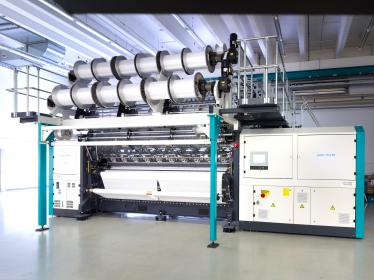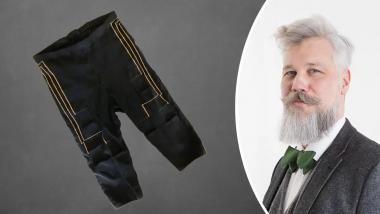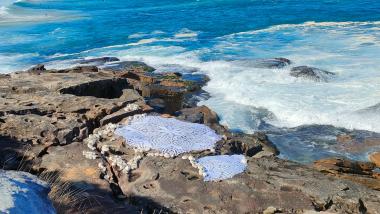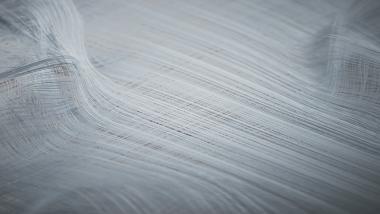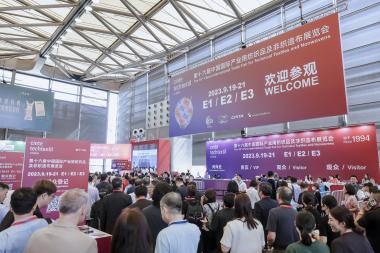KARL MAYER: Wearables partner of DiMo project
Trends such as fitness lifestyle and vitality, the quantified self movement, active ageing and the outdoor boom will significantly change the sports, health and wellness sector in the coming years. In addition, technical innovations will redefine the way people stay fit and healthy. The DiMo - Digital Motion joint project aims to help shape the transformation process. It ran in its first round in 2023 and will be continued for another four years with DiMo-NEXT.
The project aims to conduct transdisciplinary research into how people's experience of exercise can be improved, performance increased and a sustainable lifestyle made possible. The potential offered by digital technologies, particularly in the field of sensors, plays a key role here. The topic of clothing is also important as an interface between technological solutions and people. This is why KARL MAYER and Grabher are among the 26 project partners from industry and research, representing the textile industry.
The textile machinery manufacturer KARL MAYER is contributing its expertise in the field of wearables to the project work. The TEXTILE CIRCUIT team of its TEXTILE MAKERSPACE has already successfully implemented various projects in this area. In addition, an MJ 52/1 S from KARL MAYER is used at V-Trion, Grabher's research company in Lustenau, for the production of electrically conductive textiles.
DiMo-NEXT will be launched on April 1, 2024, shortly before Techtextil 2024 in Frankfurt am Main. KARL MAYER will present its contribution to the project work at the trade fair for the sector.
KARL MAYER Verwaltungsgesellschaft AG


